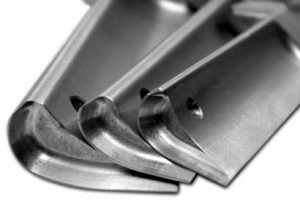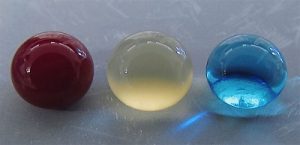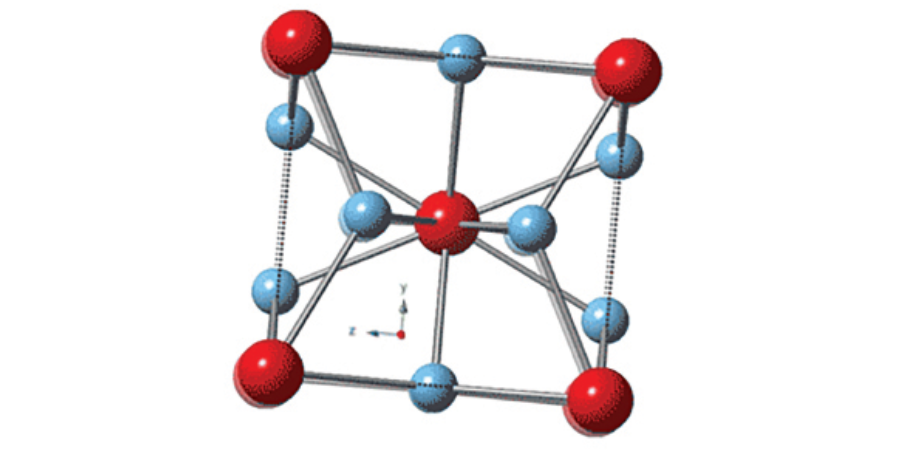Jason Schulze on AMS2750E: “Flow Down”
______________________________________________________
A reader whose company offers sintering and heat treating of medical devices recently submitted an inquiry regarding AMS2750 specifications and sintering.
READER QUESTION: “Does insipient melting of metal particles fall under these guidelines? Our temperatures go as high as 2650°F and finding cost-effective ways to utilize thermalcouples to verify TUS temperatures seems a difficult task in itself.” Heat Treat Today‘s resident AMS2750 expert Jason Schulze (Conrad Kacsik) provided the following response. Submit your AMS2750 questions to Jason at editor@heattreattoday.com.
______________________________________________________
Introduction
Understanding whether AMS2750E should be implemented within your process can be confusing. In this post, we will focus on understanding when AMS2750E is applicable to a supplier and when this should be verified.
What is “Flow-Down”?
Within most industries, there exists some type of flow down with regards to specific requirements. When we purchase a car, there are loan terms which flow down to a purchaser via a loan contract, such as interest rates, the number of months included in the loan, the ratio at which payments are distributed to interest and principal, as well as the requirement to carry full coverage car insurance for the life of a vehicle loan. These details are requirements which flow down to the purchaser via a contract.
The same can be said of a manufacturer or processor in the aerospace, commercial, or automotive industry. Certain requirements flow down from a purchaser (PO holder) to the supplier (entity receiving the purchase order).
Order of Precedence
In the aerospace and automotive industry, the flow down of requirements typically will encompass three documents in a specific order of precedence: 1) purchase order, 2) part print, and 3) process specifications. This is considered the order of precedence with regards to specific requirements.
Let’s look at an example:
 ABC Aerospace issues a purchase order for turbine blades to be manufactured at Ajax Machine. Ajax Machine has several multi-axis grinding machines as well as captive heat treating. ABC Aerospace issues a purchase order to Ajax Machine that states the following:
ABC Aerospace issues a purchase order for turbine blades to be manufactured at Ajax Machine. Ajax Machine has several multi-axis grinding machines as well as captive heat treating. ABC Aerospace issues a purchase order to Ajax Machine that states the following:
“Part Number 30925-96 – 1,050 pc. Due January 1st, 2050 per Rev B 30925-96 Print”
Ajax Machine obtains the PO as stated above, along with the part print stated on the purchase order. The part print states multiple dimensional requirements for the turbine blades, but it also states a heat treat requirement to an industry heat treat specification. This heat treat specification would identify multiple variables such as time, temperature, and atmosphere for heat treatment; it may also specify that all furnaces used for heat treatment shall conform to AMS2750E, if the PO holder (customer) does, in fact, require this.
For a supplier attempting to understand if AMS2750E applies to their specific process, flow down from the PO holder is where this requirement is established.
Establishing Flow Down via Contract Review
To become ISO certified, a company must have a contract review procedure. Contract review is typically used to establish flow down requirements to ensure that a supplier is able to meet the requirements a purchaser has requested. Utilizing the contract review process to establish flow down requirements ensures that the supplier will document, establish, and verify all flow down requirements stated on the PO, part print, and process specification prior to manufacturing.
Conclusion
Flow down, as it relates to AMS2750 as well as other variables, is an important step in successful manufacture and processing of aerospace, commercial, and automotive hardware.
Please feel free to submit your questions and I will answer appropriately in future articles. Send your questions to editor@heattreattoday.com.
Jason Schulze on AMS2750E: “Flow Down” Read More »






